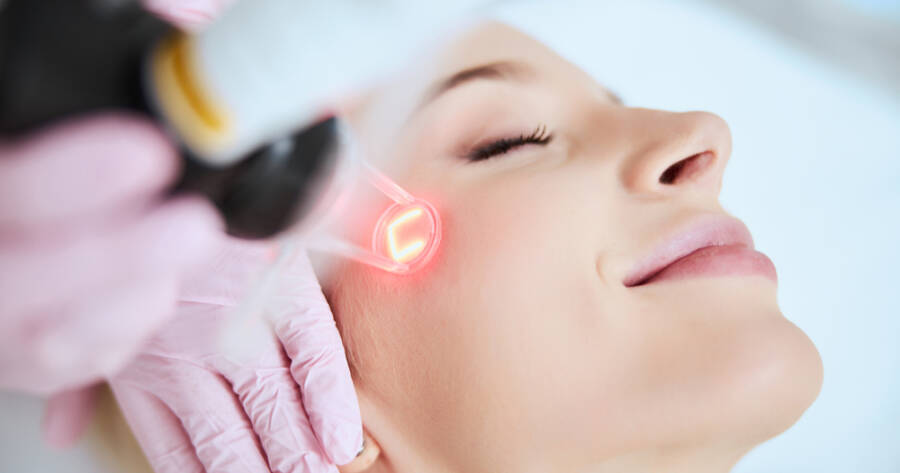Laser skin rejuvenation is revolutionizing cosmetic treatments by offering solutions for wrinkles, scars, and hyperpigmentation. Through methods like ablative and non-ablative techniques, this procedure enhances skin texture and appearance. Exploring the costs, techniques, and recovery details provides valuable insights into enhancing skin health and determining if this transformative treatment fits individual skincare goals.
Introduction to Laser Skin Rejuvenation
Laser skin rejuvenation is a cosmetic procedure designed to address age-related skin issues, such as wrinkles, scars, and hyperpigmentation. This treatment improves skin texture and appearance, making it a popular choice for those seeking youthful skin.
The procedure encompasses a range of methods, from ablative laser resurfacing to non-ablative options such as Fraxel and Venus Legacy. These treatments harness laser energy to remove the skin’s top layer, boost collagen production, all while addressing uneven skin tone and other imperfections, effectively enhancing overall skin health.
Types and Techniques of Laser Skin Rejuvenation
There are varied techniques involved in laser skin rejuvenation, each suited to different skin concerns. Ablative lasers, such as CO2 and Erbium, are known for delivering dramatic results by removing layers of skin.
These lasers are typically chosen for deeper skin issues, requiring a longer recovery period due to their intensive nature. On the other hand, non-ablative lasers like Fraxel and Venus Legacy are less invasive, with shorter recovery times, and are often preferred for minor skin imperfections.
Cost Considerations
The cost of laser skin rejuvenation varies widely due to factors like geographical location, the type of laser used, and the expertise of the provider. For example, ablative procedures can cost anywhere from $2,446 to $6,700 for CO2 treatments. While non-ablative treatments such as Fraxel might range from $100 to $3,900, depending on the specifics of the area being treated. Additionally, the size of the treatment area and the severity of the condition can significantly impact the cost. Larger areas require more resources, thereby increasing the expense.
Financing and Affordability
While laser skin rejuvenation can be costly upfront, it often proves more cost-effective over time compared to traditional skincare products. For instance, the long-term purchase costs of products like retinol and hydroquinone often surpass that of laser treatments when used over several decades, signifying potential savings. Financing options, such as CareCredit, can ease the financial burden, while clinics often offer discounts and package deals for multiple sessions. Payment plans and health savings accounts offer additional pathways to make these procedures more accessible.
Recovery and Aftercare
Post-treatment care is a crucial consideration for those undergoing laser skin rejuvenation. Recovery time can vary from 5 to 14 days, depending on the procedure type, with potential side effects including redness and swelling that need management. Good aftercare practices, such as keeping the skin moisturized and protected from sun exposure, are essential. Regular use of sunscreen helps maintain results and prevents further skin damage, ensuring the longevity of the treatment’s benefits.
Why You Should Learn More About Laser Skin Rejuvenation Today
Laser skin rejuvenation offers significant advantages for individuals seeking to enhance their skin’s appearance and health. Its ability to address a wide range of skin issues, from fine lines to deep pigmentation, makes it a versatile treatment option. Understanding the costs, types of lasers, and recovery processes is key to making informed decisions.
By consulting with a qualified dermatologist, individuals can tailor treatments to their specific needs, ensuring optimal outcomes. Discovering these facets can provide insights into how laser skin rejuvenation might serve as a beneficial part of one’s skincare routine.
Sources
Explore ablative laser resurfacing options

